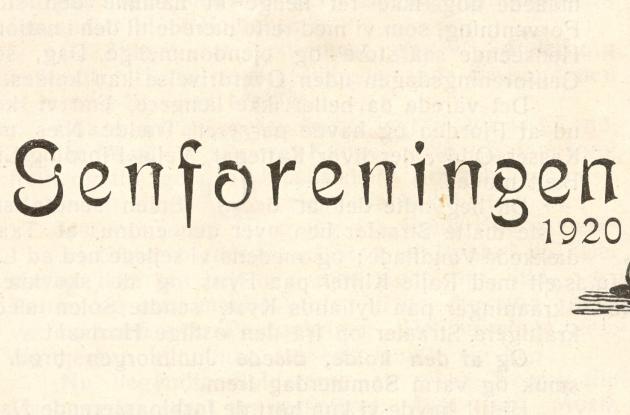Introduction
Many of us probably all feel a strong need to be reunited with family and colleagues. 100 years ago, Southern Jutland and Denmark were reunited. Learn more.
This year marks the 100 years since Southern Jutland (Sønderjylland) "came home" to Denmark. Yes, that's how we usually phrase it. But what did it really mean?
It meant that the border posts between Germany and Denmark were moved from Kongeåen to Flensburg Fjord. It also meant a population being allowed to make their own decision about their national affiliation. Are we German, or are we Danish?
For many people, however, the question was not that simple at all. It also mattered whether you were a dock worker, a merchant or a farmer, whether you were a man or a woman, whether you spoke Synnejysk at home or had lost your husband in the trenches of the First World War. It was important whether one read poems by Johannes V. Jensen or rather listened to Wagner on the phonograph.
But in the end, a mindset may not be put into formula at all. Maybe you can like Wagner, speak Low German at home and vote for Denmark?
At the same time, the reunification also meant a lot to those who were not allowed to vote in the referendum. Throughout Denmark, the move of the border meant that people lifted their chin slightly. From Skagen to Gedser, memorials were erected, parties were held, steamers were rented so that the people could visit the reclaimed land and participate in the festivities.
Maybe it was in fact Denmark that came home to Southern Jutland?
